Baby walkers are hazardous and have been known to cause head injuries from falls, poisoning, burns, bumps and bruises. In 1999, an estimated 8800 children younger than 15 months were treated in hospital emergency departments in the United States for injuries associated with infant walkers. The vast majority of injuries occurred as a result of falling down from stairs. The last available local data on injuries caused by baby walkers however, was in 2000. The article concluded that of all recorded non-fatal injuries in infants, about 0.9% was specifically caused by the use of baby walkers. However, this may not truly represent the real number on the ground since most cases aren’t reported unless injury is serious enough to prompt a visit to the hospital.
It is widely known that babies who are born visually impaired generally have delayed motor development. Visual access to moving limbs is important when developing motor skills; baby walkers deprive babies of this simply by design.
A Myth Sustained Through Misinformation & Lack of Awareness
Parents who use baby walkers for their child are often misled by thinking that this flimsy, wheeled contraption is able to facilitate or even accelerate their child’s ability to walk. This is of course fictitious – there have been no conclusive scientific research which shows any correlation between the use of baby walkers and an infant’s ability to prematurely develop motor skills such as walking. As a matter of fact, a large study has shown that using baby walkers can actually delay the onset of independent walking when compared to children who did not use them!
Additionally, some parents use baby walkers almost like pacifiers for the legs: many babies seem happier when they are propelling themselves across the floor. Although this buys you time for when you need to attend to things like washing the dishes or hanging the laundry, it also leaves your child more vulnerable to unsuspecting danger. Note that the vast majority of unintentional injuries occur at home in the presence of caregivers! This goes to show that even with adult supervision injuries may still occur. Imagine, moving at more than 1 m/sec an infant on a walker can race across the room and be tilted at the edge of the stairs or tugging on a dangling piece of table cloth before an adult even has the time to react.
Therefore, there should be no reason for you to leave your baby unsupervised whilst you attend to something else. The best practice is to bring him along with you or have your spouse/another adult look after him for a while. Your child is precious, so it’s ALWAYS better to be safe than sorry!
Teach Your Child to Walk, Walker-Free
How well a baby develops his/her walking skills is dependent on more than just muscle strength, it’s also the combination of coordination and balance as well – all of which baby walkers do not provide. Consequently, you can encourage walking by:

Strengthen back, neck and hip muscles by allowing him to spend more time playing on his tummy.

Stimulate his legs by moving them in a cycling motion.
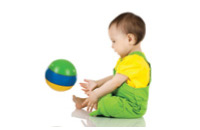
Put him in a sitting position and roll a ball back and forth with him.
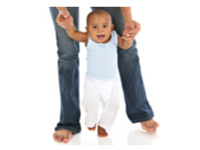
Helping him balance himself and stand upright by holding both his hands as he tip toes forward (or backwards) on his first few steps.
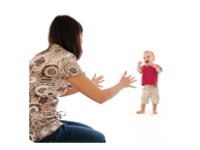
Let him walk towards you as you cheer and give encouragement.
Let your child progress his/her motor skills naturally without the help of a walker. At times, even normal healthy children have difficulty to master walking and may require a little more time and attention (some skip the crawling phase altogether and jump into walking). Be patient, your child will walk eventually. Don’t compare them with other children or siblings. Instead, encourage them to walk, constantly practice together, give loving reassurance and provide motivation as well as a safe and stimulative environment for learning. Make the choice to be a more proactive parent for your child and kick baby walkers out onto the curb today.
An educational contribution by Malaysian Paediatric Association.

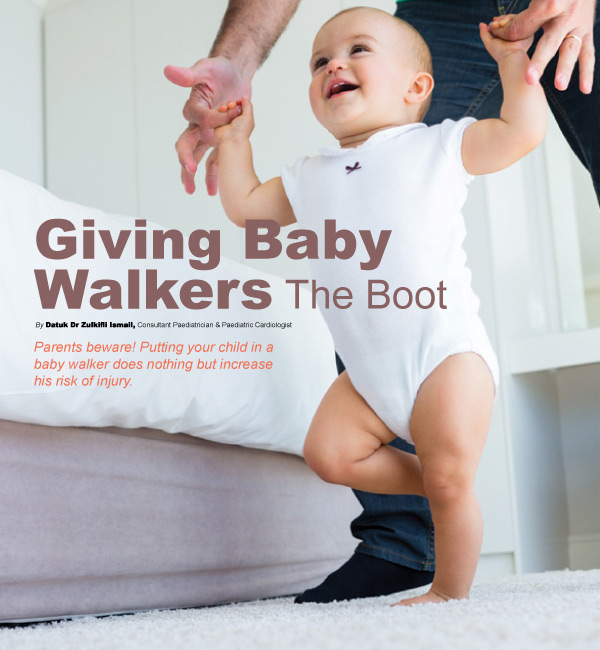

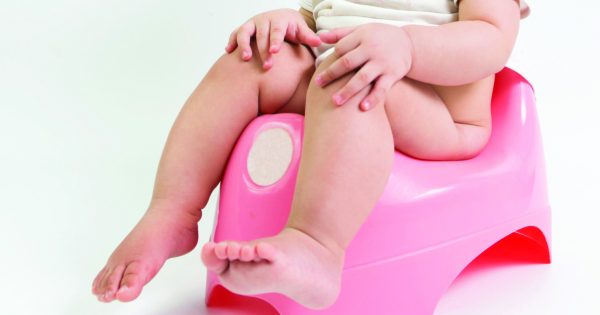


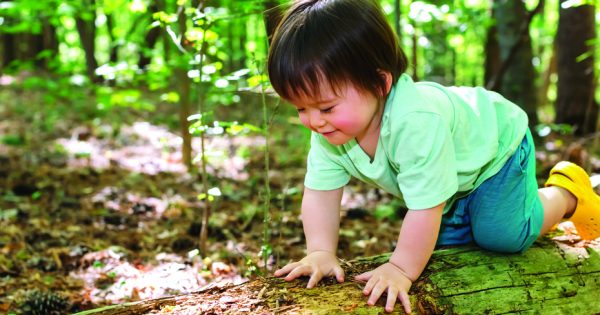
Comments